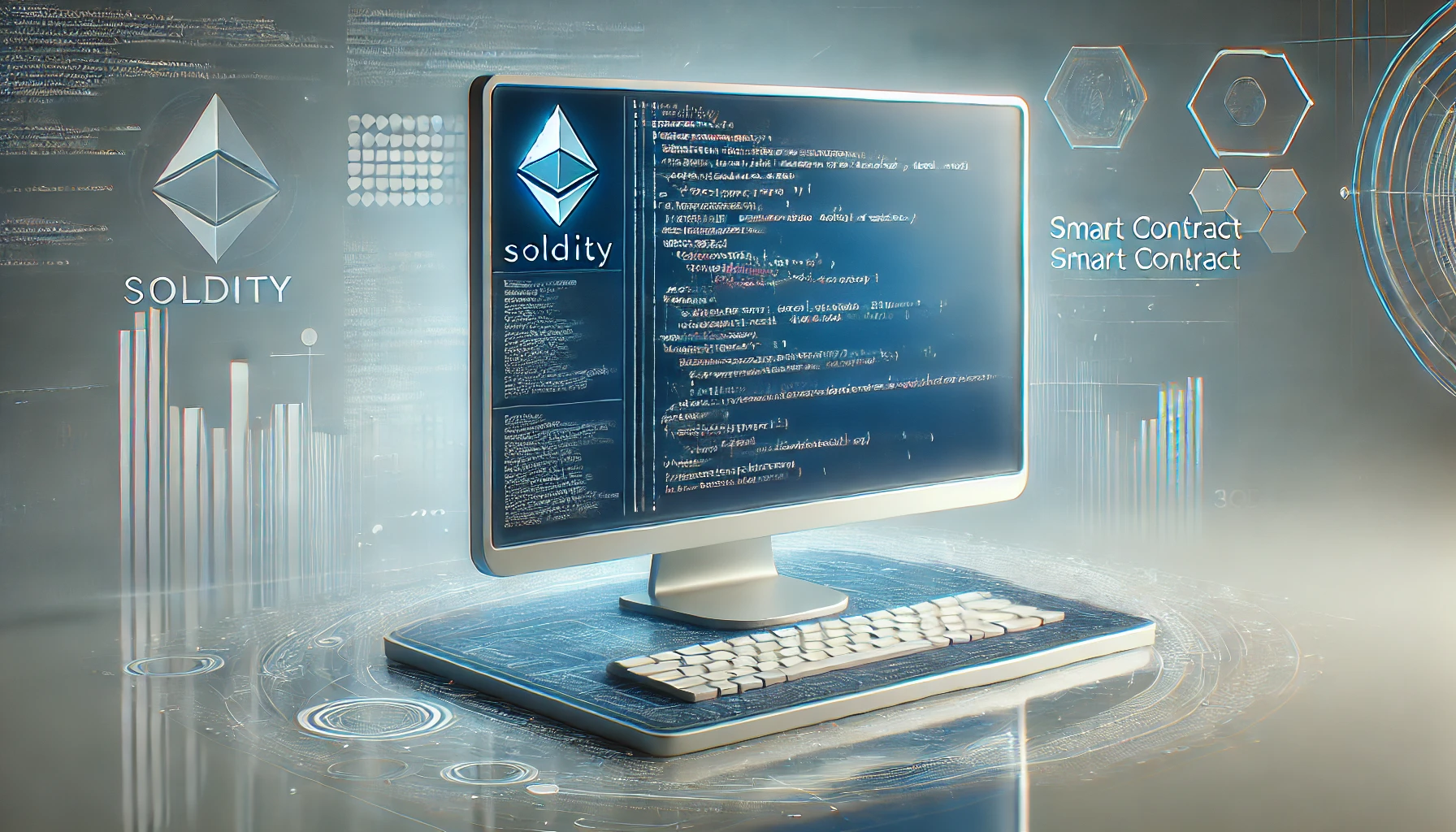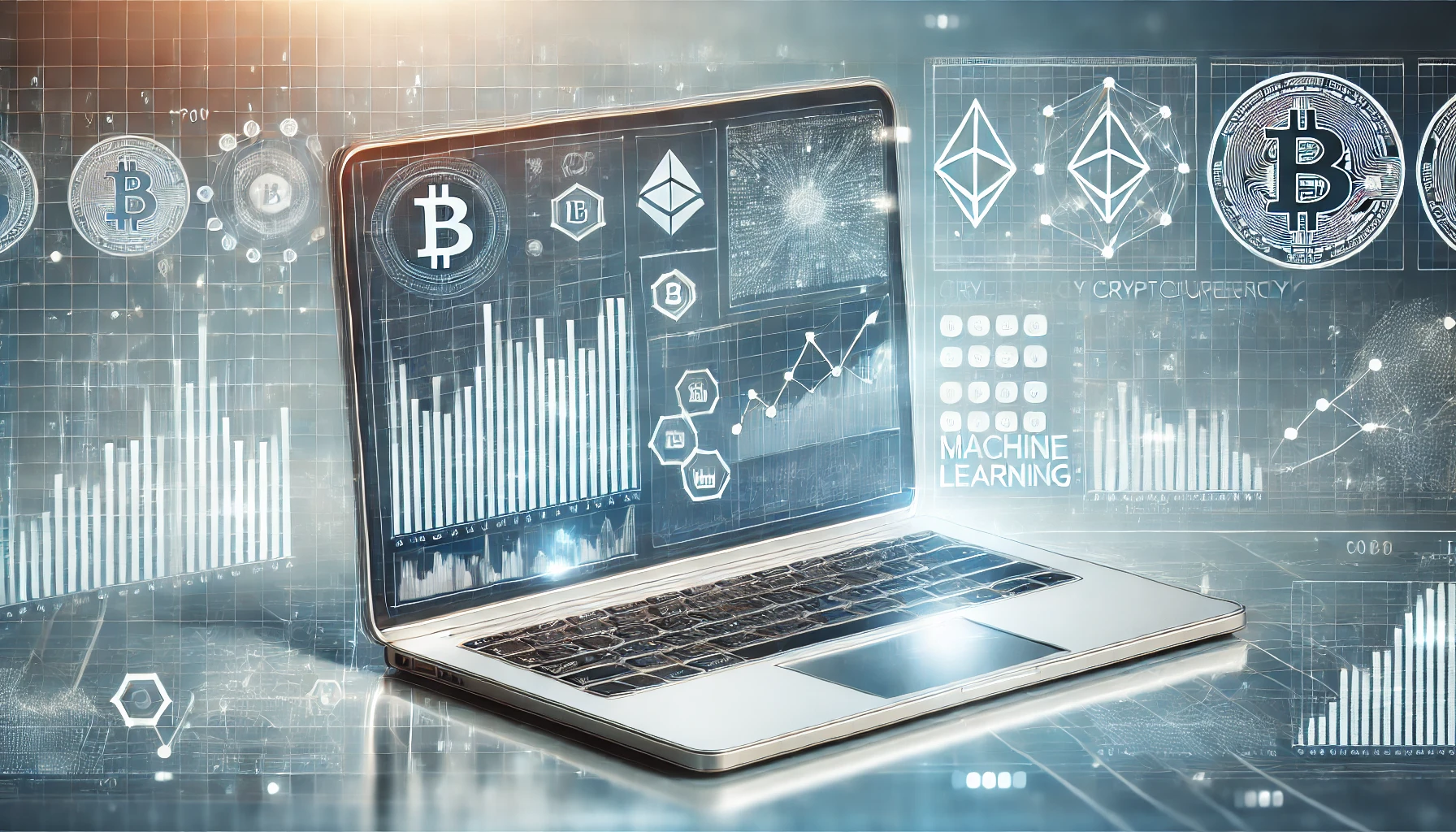The world of blockchain technology is growing at an unprecedented rate. With its potential to revolutionize various industries, from finance to supply chain management, there has never been a better time to learn blockchain coding. This comprehensive guide will take you through the basics of blockchain development, the essential skills you need to master, and practical steps to get started on your journey to becoming a blockchain developer.
Introduction to Blockchain Development
What is Blockchain?
Blockchain is a decentralized digital ledger that records transactions across multiple computers. These transactions are grouped in blocks and linked in a chain, making it virtually impossible to alter past records. This technology ensures transparency, security, and efficiency, which is why it is being adopted in various sectors.
Why Learn Blockchain Coding?
Blockchain coding is a highly sought-after skill in today’s job market. With the rise of cryptocurrencies like Bitcoin and Ethereum, the demand for blockchain developers has skyrocketed. Learning blockchain coding not only opens up numerous job opportunities but also allows you to be at the forefront of technological innovation.
Getting Started with Blockchain Coding
Essential Skills for Blockchain Development
To become proficient in blockchain coding, there are several key skills you need to acquire:
- Programming Languages: Familiarity with languages like C++, Java, Python, and JavaScript is crucial, as these are commonly used in blockchain development.
- Data Structures and Algorithms: Understanding data structures (such as linked lists, hash tables, and graphs) and algorithms is essential for creating efficient and secure blockchain applications.
- Cryptography: A strong grasp of cryptographic principles and techniques is vital for ensuring the security and integrity of blockchain transactions.
- Smart Contracts: Knowledge of smart contract platforms like Ethereum and programming languages like Solidity is important for developing decentralized applications (DApps).
- Web Development: Basic web development skills (HTML, CSS, and JavaScript) are necessary for creating user interfaces for blockchain applications.
Setting Up Your Development Environment
Before diving into blockchain coding, you need to set up a suitable development environment. Here are the steps to get started:
- Install Node.js and npm: Node.js is a JavaScript runtime that allows you to run JavaScript code outside of a web browser. npm is a package manager for Node.js.
- Set Up a Text Editor: Choose a text editor like Visual Studio Code, Sublime Text, or Atom for writing and editing your code.
- Install Truffle: Truffle is a development framework for Ethereum that simplifies the process of building and deploying smart contracts.
- Set Up a Blockchain Node: You can use platforms like Ganache for local blockchain development or connect to the Ethereum testnet for testing your applications.
Building Your First Blockchain Application
Creating a Smart Contract
A smart contract is a self-executing contract with the terms of the agreement directly written into code. Here’s how to create a simple smart contract using Solidity:
solidityCopy codepragma solidity ^0.8.0;
contract SimpleStorage {
uint256 private storedData;
function set(uint256 x) public {
storedData = x;
}
function get() public view returns (uint256) {
return storedData;
}
}
This contract allows you to store and retrieve a single integer value.
Deploying Your Smart Contract
To deploy your smart contract, follow these steps:
- Compile Your Contract: Use Truffle to compile your Solidity contract.
- Migrate Your Contract: Deploy the compiled contract to a blockchain network using Truffle’s migration feature.
- Interact with Your Contract: Use Truffle Console or a web interface to interact with your deployed contract.
Developing a Decentralized Application (DApp)
A DApp is an application that runs on a decentralized network. To build a DApp, you need to:
- Create a User Interface: Develop a front-end interface using HTML, CSS, and JavaScript.
- Connect to the Blockchain: Use web3.js, a JavaScript library, to interact with your smart contracts from the web interface.
- Implement Application Logic: Write the necessary logic to handle user interactions and communicate with the blockchain.
Advanced Topics in Blockchain Development
Exploring Different Blockchain Platforms
While Ethereum is the most popular platform for blockchain development, there are other platforms worth exploring:
- Hyperledger Fabric: An enterprise-grade permissioned blockchain framework.
- EOS: A blockchain platform for the development of DApps with high performance.
- Cardano: A blockchain platform focused on security and sustainability.
Integrating Crypto Machine Learning
Integrating machine learning with blockchain technology opens up new possibilities for innovation. Crypto machine learning can be used to enhance security, optimize transaction processes, and predict market trends. By combining the power of AI with blockchain, developers can create smarter and more efficient applications.
Enhancing Blockchain Security
Security is a critical aspect of blockchain development. Here are some best practices to enhance the security of your blockchain applications:
- Conduct Security Audits: Regularly audit your smart contracts to identify and fix vulnerabilities.
- Implement Multi-Signature Wallets: Use multi-signature wallets to add an extra layer of security to transactions.
- Use Secure Coding Practices: Follow secure coding practices to minimize the risk of exploits and attacks.
The Future of Blockchain Development
Emerging Trends and Technologies
The blockchain landscape is constantly evolving. Some emerging trends and technologies to watch out for include:
- Interoperability: Developing solutions that enable different blockchain networks to communicate and interact seamlessly.
- Scalability: Implementing techniques like sharding and layer-2 solutions to enhance the scalability of blockchain networks.
- DeFi: The rise of decentralized finance (DeFi) applications that provide financial services without intermediaries.
Career Opportunities in Blockchain Development
The demand for blockchain developers continues to grow, with numerous career opportunities available in various sectors. Whether you’re interested in working for a blockchain startup, a tech giant, or a financial institution, there are plenty of options to explore.
Frequently Asked Questions (FAQ)
What programming languages should I learn for blockchain development?
To become proficient in blockchain development, you should learn programming languages such as C++, Java, Python, JavaScript, and Solidity.
How long does it take to learn blockchain coding?
The time it takes to learn blockchain coding varies depending on your background and dedication. With consistent effort, you can gain a basic understanding in a few months and become proficient in a year or more.
What are the best resources for learning blockchain development?
Some of the best resources for learning blockchain development include online courses (Coursera, Udemy), tutorials (Ethereum.org, CryptoZombies), and books (Mastering Bitcoin by Andreas M. Antonopoulos, Blockchain Basics by Daniel Drescher).
Can I learn blockchain coding without prior programming experience?
While prior programming experience is helpful, it’s not a strict requirement. You can start with beginner-friendly programming courses and gradually move on to blockchain-specific tutorials and resources.
What are smart contracts?
Smart contracts are self-executing contracts with the terms of the agreement directly written into code. They automatically execute and enforce the terms of the contract without the need for intermediaries.
What is Crypto Machine Learning?
Crypto Machine Learning refers to the integration of machine learning techniques with cryptocurrency and blockchain technology. It is used to enhance security, optimize processes, and predict market trends in the crypto space.
What are the career opportunities in blockchain development?
Career opportunities in blockchain development include roles such as blockchain developer, smart contract developer, blockchain architect, and blockchain consultant. These positions are available in various industries, including finance, healthcare, supply chain, and technology.
In conclusion, learning blockchain coding is a valuable and rewarding endeavor. By acquiring the essential skills, setting up your development environment, and building practical applications, you can become a proficient blockchain developer. Stay updated with emerging trends and technologies, and explore the numerous career opportunities in this dynamic field.


